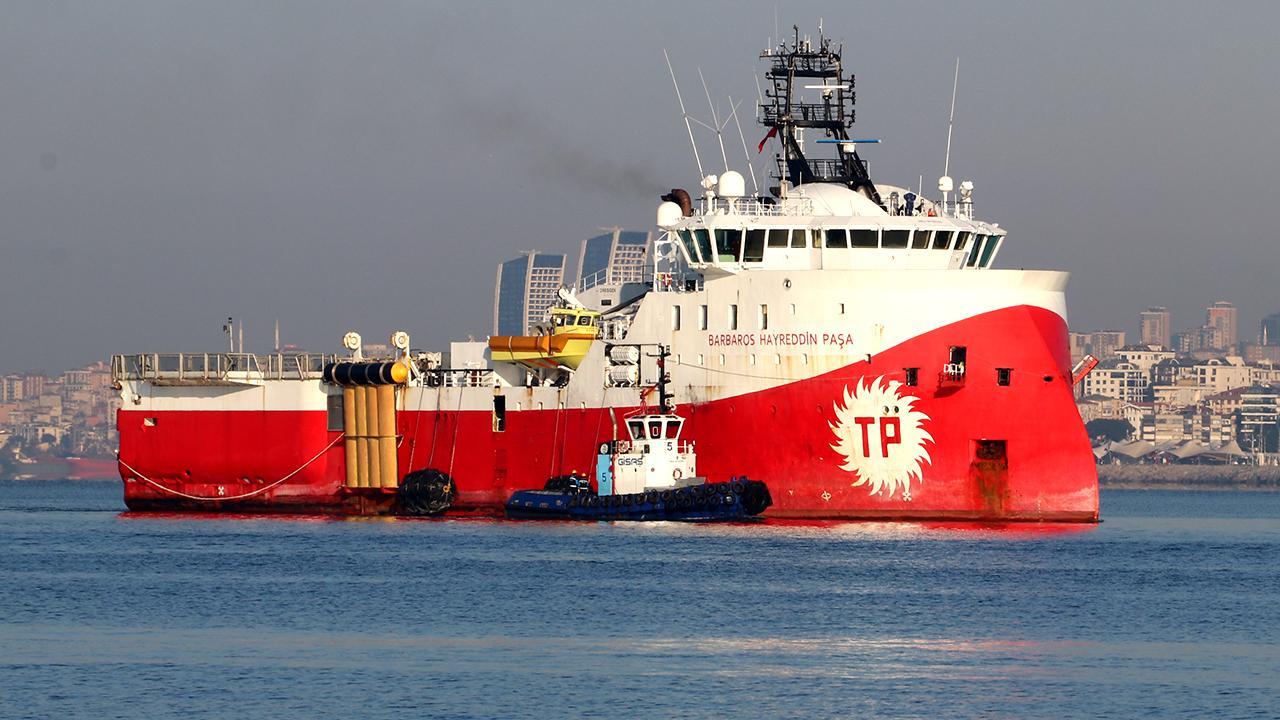
Turkish Petroleum (TPAO), Türkiye’s state-run oil company, signed a memorandum of understanding on Wednesday with Libya’s National Oil Corporation (NOC) to conduct seismic surveys in the North African country’s offshore fields.
The agreement was formalized in Istanbul by TPAO Director General Ahmet Turkoglu and NOC Chairman Mesud Suleiman, according to a statement released by the Libyan side.

Under the new agreement, TPAO will conduct geological and geophysical studies in four offshore blocks off the Libyan coast. The project will involve two-dimensional seismic research over an area covering 10,000 kilometers (621.3 miles).
The data collected during the surveys is expected to be processed within a maximum period of nine months.
The new memorandum builds upon previous cooperation between the two countries in the energy sector.
In 2022, Türkiye and Libya signed a hydrocarbons memorandum of understanding, granting Turkish companies the right to conduct seismic surveys and drilling operations in designated offshore areas.
This agreement is considered an extension of the Maritime Boundary Delimitation Agreement signed on Nov. 27, 2019, which drew attention for safeguarding the rights of both countries in the Eastern Mediterranean.

This renewed partnership comes after TPAO’s earlier announcement in January 2025, during the Libya Energy and Economic Summit (LEES) in Tripoli, where Turkoglu declared the company’s readiness to invest billions of U.S. dollars in Libya’s offshore energy fields.
Speaking at a panel titled “Libya: At the Crossroads of Global Energy Trade,” he emphasized TPAO’s confidence in Libya’s target of producing 2 million barrels of oil per day and noted the company’s earlier investments, which were disrupted in the past.
Libya, a member of the Organization of the Petroleum Exporting Countries (OPEC), holds approximately 48.4 billion barrels of proven oil reserves, placing it among the top ten countries globally in terms of oil wealth.
The country is also endowed with significant natural gas reserves, estimated at 1.5 trillion cubic meters—equivalent to around 396.25 trillion gallons.